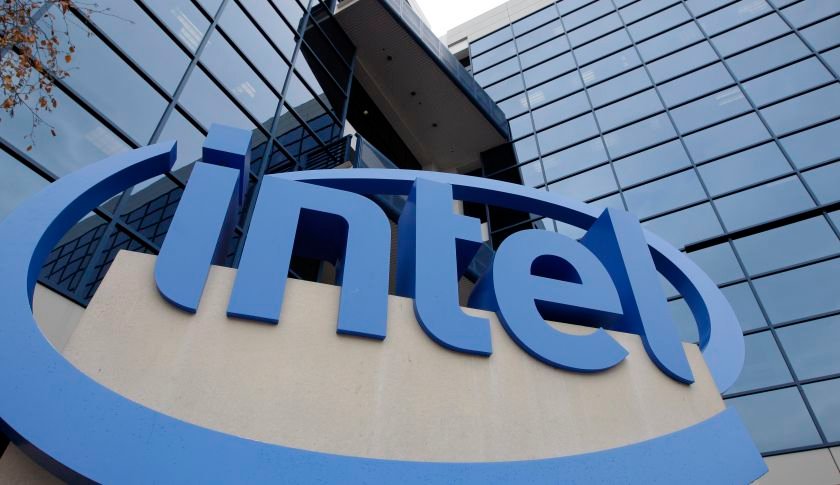Why Should You Learn VHDL?
Probably you will be asked, “Why should I learn VHDL?” If you are involved in Electronic Hardware design using FPGA or ASIC, you’ll definitely hear of the high-level compilers/synthesizer. Now certainly, you may be thinking:
“I’m really a lucky person because the current technology is helping me in designing FPGA or ASIC hardware without the need to learn all about that hardware”.
The question is: can I use High-level synthesizer to exploit the ability of the software to develop different projects? The answer is probably yes, but with some limitation. Think about this issue: if you need to call a guy to develop a project, who you would you trust?
- Who improvise himself/herself hardware designer?
- A person who deeply understands the problems of the system?
The high-level synthesizers have made more democratic access to the FPGA hardware development, but keeping away the designer from the physical device, away from the silicon implementation.
Although, on one hand, using high-level synthesizers the design can be developed very fast, on the other side there is the risk of not having control of what you are doing.
If you need a professional service, you want to be sure that the person you hired have the mastery of what he/she is doing.
When the going gets tough, the tough get going.
The VHDL is a Hardware Description Language that allows the designer to model the hardware circuit with maximum flexibility and relatively easily. Doing so, however, it requires that you also have the knowledge of what are you doing. Another powerful Hardware Description Language is Verilog.
Most often this type of languages are confused and mistakenly associated to a purely software language.
This is due to the fact that it is difficult to make clear the distinction between software programming language and hardware description language.
The VHDL is a language that is used to describe a hardware project with enough level of abstraction, but in the same time, with a complete control of the hardware model.
With VHDL you can translate high-level design description into logic gates inside the silicon. If we start from this principle you can better understand how to use this powerful tool.
Few days ago, Intel announced they want to acquire ALTERA, one of the biggest FPGA providers. Such fusion can pave the way toward a new era of microprocessors with embedded FPGA used as a custom and re-configurable co-processor.

It could be a new page in the use of such devices by opening the opportunity to the hardware designers to develop new projects on innovative platforms.
The knowledge of VHDL in this field becomes certainly a must.
What do you answer to the initial question?
We appreciate any of your comment, please post below: